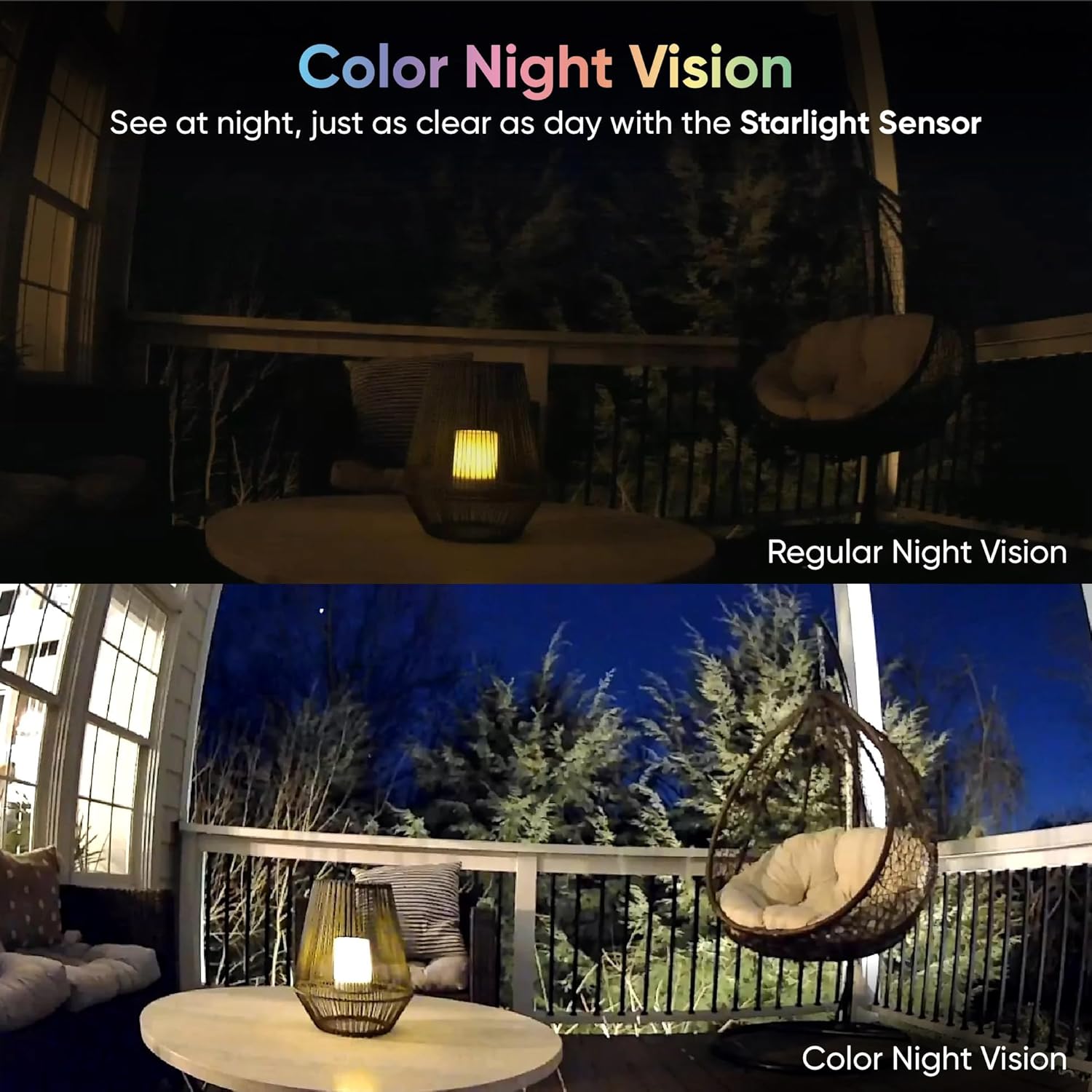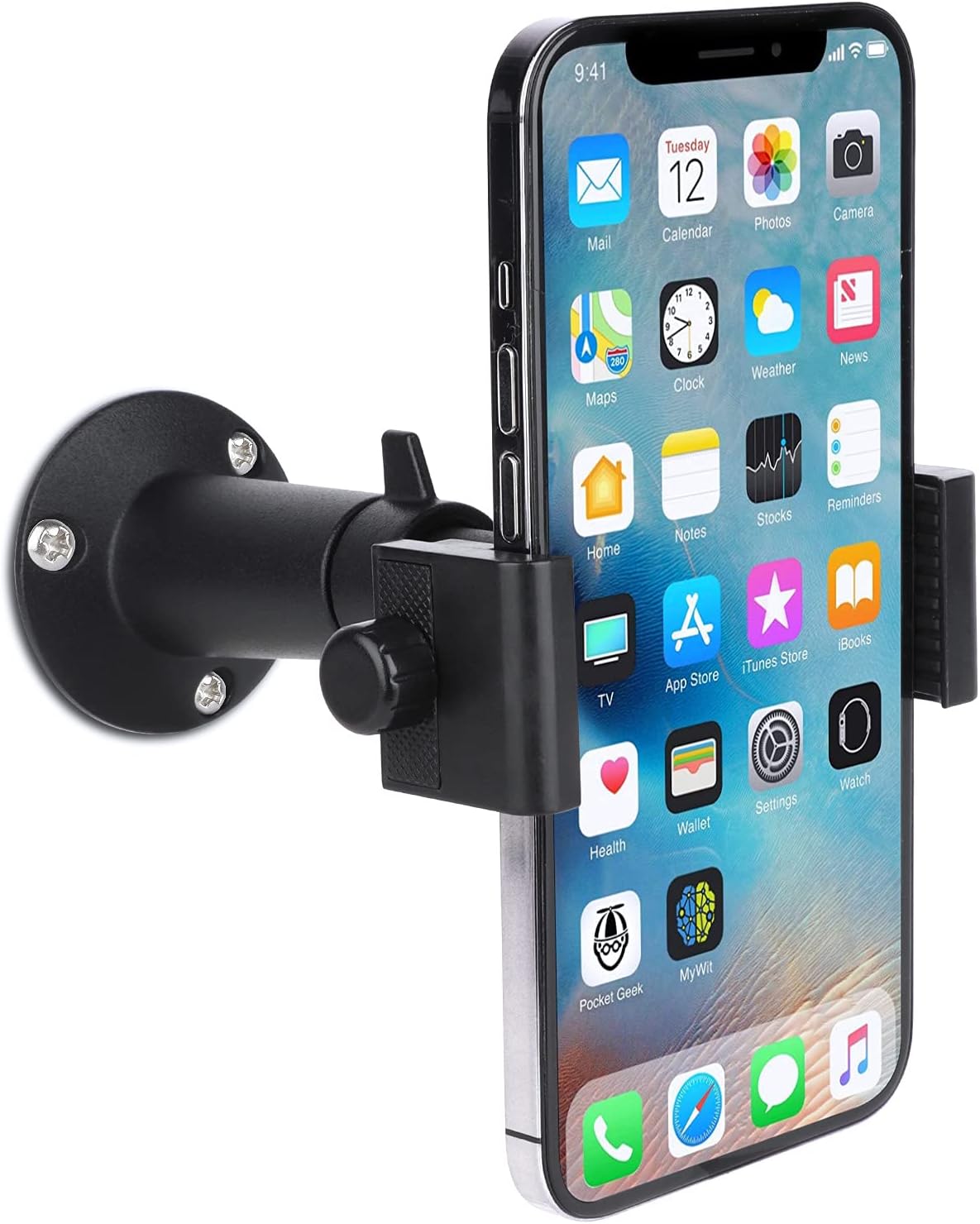Why Repurpose Your Old Smartphone?

Old smartphones are more capable than you might think. Many come equipped with powerful processors, high-resolution screens, and robust wireless connectivity—perfect for smart home control. By reusing your device, you’re not only cutting down on electronic waste but also saving on the cost of a dedicated smart home hub.
According to the EPA, electronic waste is a growing concern, with millions of tons discarded each year. Repurposing devices helps mitigate this problem.
Step 1: Reset Your Smartphone to Factory Settings
This is essential, to clear out all personal data and apps, giving you a fresh slate to work with. Resetting your device also ensures it runs smoothly, minimizing the risk of glitches that could interfere with smart home functions. Here are detailed steps should you need them;
- Backup Data: Ensure all important data is backed up, as resetting will erase everything.
- Factory Reset: Go to the settings menu and find the “Factory Reset” option. This may be under “System” or “General Management” depending on your device. Follow the prompts to reset your phone.
Step 2: Set Up the Smartphone for Smart Home Control

Once your phone is reset, this next step will vary slightly depending on the specific smart home system you plan to be using (Google Home, Alexa, or Apple HomeKit), but the basic steps are similar.
Now, Install Smart Home Apps. For example, if you’re using Google Home, download the Google Home app from the Play Store or App Store. The same goes for Amazon Alexa or Apple HomeKit. These apps will allow your old smartphone to communicate with your smart home devices. Here are more specific recomendations:
- Google Home: Great for controlling Google Nest products, lights, and other smart devices.
- Amazon Alexa: Ideal for Echo devices, smart plugs, and more.
- Apple Home Kit: Works seamlessly with Home Pod, smart lights, & other Apple-compatible devices.
These apps are regularly updated to ensure compatibility with the latest smart devices.
According to a report by Statista, the global smart home market is expected to reach $622.59 billion by 2026, underlining the growing importance of these platforms.
Step 3: Optimize Battery Life
Since your old smartphone will be plugged in most of the time, you might not be too concerned about battery life. However, optimizing the battery can ensure your device runs smoothly for longer periods.
- Reduce Screen Brightness [Optional]: Lowering the screen brightness will reduce power consumption.
- Enable Battery Saver Mode: This mode limits background processes and keeps your device running efficiently — incase durect power is cut off.
- Disable Unnecessary Services: Turn off Wi-Fi, Bluetooth, or cellular data if they aren’t needed. These services consume battery life even when not in use.
Step 4: Choose the Right Smart Home Devices
To get the most out of your repurposed smartphone, you’ll need compatible smart home devices. Here are some mid-priced, highly rated products you can integrate into your smart home system:

This affordable smart plug lets you control lamps, fans, & other devices from your smartphone. It works with Alexa, Google Assistant, & Microsoft Cortana, making it versatile & user-friendly.

A budget-friendly security camera with motion detection, night vision, and two-way audio. It can be controlled via the Wyze app, making it a great addition to your smart home.
Philips Hue White and Color Ambiance Bulb

This smart bulb lets you control the lighting in your home with your voice or smartphone. It’s compatible with Alexa, Google Assistant, and Apple HomeKit, making it a perfect fit for any smart home setup. According to reviews, Philips Hue is a top choice for smart lighting due to its reliability and ease of use.
These products are consistently ranked among the best for their price range and feature positive customer reviews, ensuring that you get quality devices that work seamlessly with your smartphone.
Step 5: Mount Your Smartphone
To use your old smartphone as a dedicated smart home controller, you’ll want to find a suitable place to mount it. Here are some ideas:
Wall Mount.

A simple wall mount can turn your smartphone into a smart home control panel. There are various mounts available online, such as the iTODOS Wall Mounts which are easy to install and provide a sleek look.
Docking Station.

If you prefer a more flexible option, a docking station allows you to move your smartphone around while still providing a stable platform for control. The Satechi Aluminum Desktop Stand is an excellent choice for a sturdy, stylish dock.
Mounting your smartphone keeps it accessible while ensuring it doesn’t get misplaced. According to a study by the University of Oxford, organizing your home environment, including tech devices, can improve productivity and reduce stress.
Step 6: Integrate with Other Smart Home Devices
Now that your old smartphone is set up, mounted, and running the necessary apps, it’s time to start integrating other smart home devices. Here’s how to connect some of the most popular types of devices:
Smart Lights: If you’ve opted for smart bulbs like the Philips Hue, you can control them directly from your smartphone. Open the corresponding app and follow the setup instructions to pair the bulbs with your phone. You can set schedules, change colors, and even sync the lights with your music or movies.
According to a review by CNET, smart lighting systems like Philips Hue not only offer convenience but also contribute to energy efficiency, which can lower your electricity bills.
Smart Plugs. Using a smart plug like the TP-Link Kasa allows you to control any non-smart device. Simply plug your device (like a lamp or coffee maker) into the smart plug, then use the app on your old smartphone to turn it on or off remotely.
Smart Cameras. Security cameras like the Wyze Cam3 can be integrated into your smart home setup through the app. You can view live feeds, set motion alerts, and even communicate through the camera’s built-in microphone. Your old smartphone can act as a dedicated monitor, keeping an eye on your home at all times.
Step 7: Utilize Voice Control and Automation
One of the most powerful features of a smart home is the ability to control devices using your voice or through automation. Here’s how to set it up:
Voice Control. If your old smartphone is connected to a voice assistant like Google Assistant or Alexa, you can control your devices with simple voice commands. For example, say “Hey Google, turn off the living room lights,” and watch as the lights respond instantly.
A study by Pew Research Center found that over 46% of U.S. adults use voice assistants, highlighting the growing reliance on this technology for convenience in daily life.
Automation. This allows your smart devices to work together seamlessly. For example, you can create a routine where your smart lights turn off automatically when you leave the house or set your coffee maker to start brewing when your morning alarm goes off. Use the smart home app on your old smartphone to set up these routines, ensuring your home works just the way you want it.
Step 8: Add Extra Features and Apps
To maximize the utility of your repurposed smartphone, consider adding extra features or apps that enhance your smart home experience. Here are a few ideas:
Home Security Apps: Install apps like Alfred or Manything to turn your smartphone into a security camera. These apps offer features like motion detection, cloud storage, and live streaming, providing additional security for your home.
Remote Access: Use apps like Team Viewer or Any Desk to access your smartphone remotely. This is useful if you want to control your smart home while you’re away.
Smart Thermostat Control: If you have a smart thermostat like the Nest Thermostat, you can control your home’s temperature directly from your smartphone. This allows you to adjust the heating or cooling settings while you’re on the go, ensuring your home is always comfortable when you return.
Smart thermostats can lead to significant energy savings. According to the U.S. Department of Energy, you can save as much as 10% a year on heating and cooling by simply adjusting your thermostat by 7-10 degrees Fahrenheit for 8 hours a day.
Conclusion: A Smart Home Controller That Costs You Nothing
Repurposing your old smartphone as a smart home controller is an eco-friendly, practical, cost-effective solution that brings new life to your device while enhancing your home’s intelligence.
With these few simple steps, you can set up a centralized hub for controlling your lights, plugs, cameras, and more — while saving money on a dedicated smart home hub.
Comments are closed